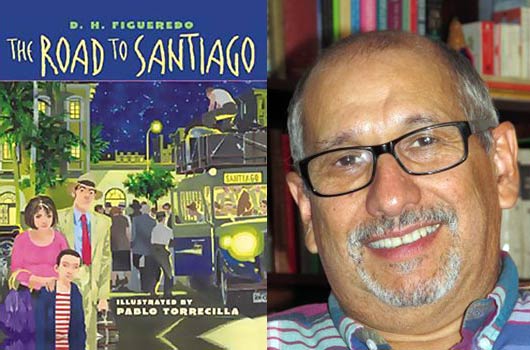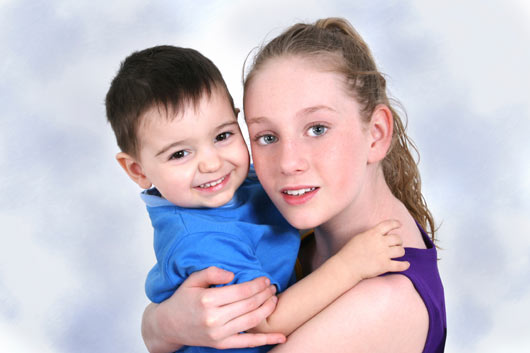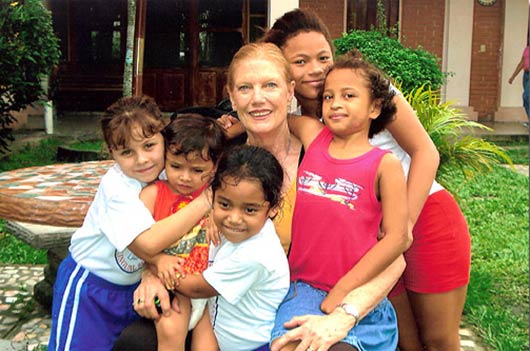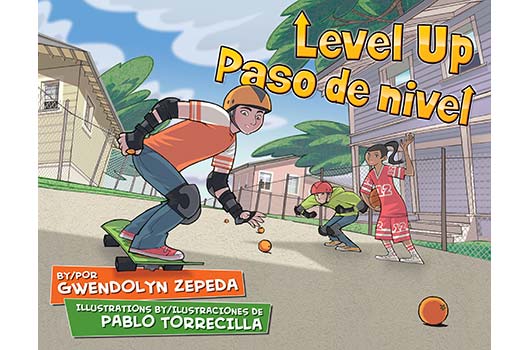
“He can’t talk, but I think he is a genius!”
“Really? How so,” she asked, hesitantly.
I could hear my voice quiver as my nerves drove speed into my words. I felt the need to compensate for each concern I had about my son’s development with something I felt I could brag about to the specialist. Yes, he couldn’t speak, but he knew the alphabet in order without use of the song. Yes, he obsessed about having things in pairs, but isn’t that a precursor to understanding the basics of multiplication? He is insightful—flapping and contorting his fingers, keeping a steel gaze on each one. He lines up all of his toys according to color and tone and then stares at them from the corner of his right eye for hours. He must be a future artist!
She looks down, saddened by my naivety as to how this conversation would soon change my life as a mother.
A GOOD START
I have a vivid memory of walking with my son when he was 17 months old, a few days before he lost speech. He looked around and stopped strangers to say “Hola, Hello, Hi” with a jovial smile.
I had done everything I could think of to make sure he would have the best start. When I was pregnant, I ate only organic food, exercised, and was so healthy that at 6 and 7 months into my pregnancy I was photographing dozens of nudes for a project. I insisted on natural childbirth, against many a recommendation due to my small frame, to make sure he would be born free of toxins in his body. I nursed him for 17 months, still eating only the best of foods. Since I couldn’t control the environmental toxins near where I lived, I controlled everything else I could in efforts to ensure he’d be perfect.
Read Related: Explaining Autism to Abuela
About two weeks after weaning him, is when it all began. It seemed gradual—perhaps he was having a bad day, I thought. No, a bad week that then turned into a bad month. This little boy who at one time could talk at age level, regressed nearly a year—within a matter of days. When visiting family, this once social butterfly would now throw himself onto the ground and cover his face. He would wedge his fingers into his ears, ask for things by pulling on my arm, and he could hardly look me in the eye. I didn’t realize these other behaviors were not typical for his age—I had no other children to compare him to, so all I focused on was his lack of speech. I visited the pediatrician for some advice.
“He is fine,” he said, in the same condescending manner I’d heard from him once before, when I’d taken my son to his office because he kept touching his penis. “He is probably confused because you are a bilingual household,” he suggested. “With you speaking to him only in Spanish and his dad only speaking to him in English, there is bound to be a disconnect. Stick to one language for now and check in with me when he turns two.”
Autism: First Signs and Early Detection
It is estimated that 1 in 110 children is diagnosed with autism, making it more prevalent than childhood cancer, juvenile diabetes and pediatric AIDS combined, according to Autism Speaks. Therefore, it’s important to know what autism is, and early intervention is key.
What is generally described as autism is actually a series of Pervasive Development Disorders characterized by the following: challenges in communication, restricted or repetitive behaviors, and difficulties in socializing, including, for some, an inability to completely engage with the outside world. The range in abilities and challenges presented by people on the spectrum varies from individual to individual.
Many children on the spectrum begin exhibiting symptoms during their first year of life. Some markers may include: poor eye contact, delays in expressive and receptive language, a loss in speech or any social skills at any age. If you have a child of your own or in your life, become familiar with the early signs of autism or any developmental delay. The sooner a child gets early intervention, the better it is for him or her. Please visit First Signs to learn more about first signs and early detection.
For more information, visit Autism Speaks and speak to your health care provider.
THE DIAGNOSIS
The day after his 2nd birthday, I sat anxiously in the waiting area of his office. He still didn’t feel there was anything wrong, but he wrote me a referral to get my son evaluated for a possible speech delay. I went alone to the intake session, clutching pages upon pages of notes on what was off, accompanied by a long list of things that I thought were impressive about my little boy. I was in for a surprise.
Autism? Like Rain Man, I thought. He wasn’t like Rain Man! The references I personally had to the word autism were few and quite severe. I had no idea that there are many different developmental disorders that make up the autism spectrum. Although all people with an autism spectrum disorder are very different, they generally share three things: some form of challenge in communication, as well as social interaction, and the presence of repetitive behaviors. Some people may be completely verbal and socially engaging, while others may never speak and have intellectual disabilities. As a result, there is an extremely popular and poignant statement used by people discussing and dealing with the disorder : “If you have met one person with autism, you have met one person with autism.” (The quote is attributed to Dr. Steven Shore, an autism expert who has autism and has written several books on the subject.)
INTERVENTION
After being diagnosed with PDD-NOS (Pervasive Development Disorder, not otherwise specified) on the autism spectrum, my boy was enrolled in early intervention programs almost immediately. He received instruction in a community setting for 20 hours a week, along with occupational therapy and speech therapy, which he received both at home a few times a week and at the intervention program. Since I worked from home, I was lucky enough to be around to observe his lessons with Nick, the wonderful educator who visited my son daily for one on one Applied Behavior Analysis Therapy.
Autism Heroes & Heroines
There are many famous individuals rumored to have been on the autism spectrum including Albert Einstein, comedian Andy Kaufman, zoologist and gorilla expert Dian Fossey, and African-American mathematician and astronomer Benjamin Banneker, according to Different Like Me: My Book of Autism Heroes by Jennifer Elder.
I was relieved to know that early intervention increases the chances of general success in a child’s life. And so, in addition to having Nick at our home each day, I worked hard to apply many of Nick’s practices to my own interactions with my son. The first lesson in communication for my son was something we all take for granted—the ability to point. This would then hopefully facilitate the larger goal of him being able to call and identify people by name—a major milestone in both communicating and engaging with the outside world. We used repetition and lots of Polaroids to aid in the process. If he could master these first steps, I thought to myself, then maybe he had a shot at a more typical life.
I have just given him his bath. As I dry his little body, he looks at me and smiles. His huge brown eyes, looking into mine quickly before disconnecting once again, but this time they come back and stare for just a few more seconds. I smile, I feel it. I walk away for a moment, to grab his tiny robe, as he sits on a chair pensively tapping his feet across the room. Just then I hear a little squeal—the most beautiful sound—escape his lips for the first time.
“Mommy!” he shouts and giggles as if stunned by his own ability to connect with me. He flies off his chair and sprints into my arms. This moment of lucidity for him is the first huge moment of hope for me.










